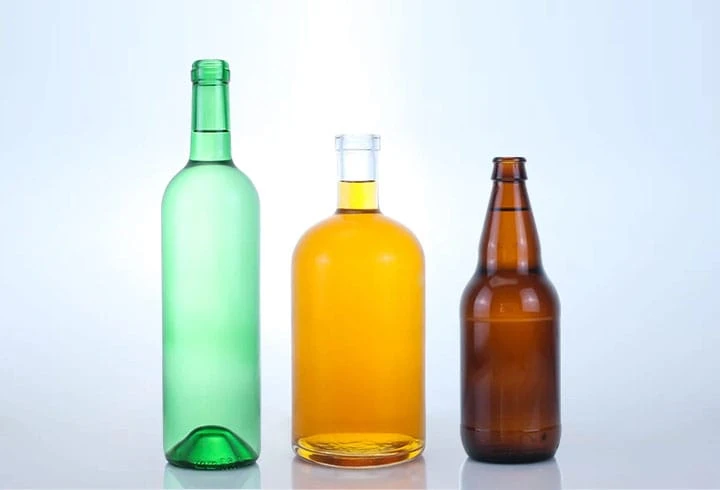First of all, it is necessary to design and make molds. The glass raw material uses quartz sand as the main raw material, and other auxiliary materials are melted into liquid at high temperature, and then introduced into the mold, cooled, wounded, and quenched to form a bottle. Glass bottles usually have rigidity marks, and the marks are also made of molds. The forming of the bottle can be divided into artificial blowing, machine blowing and extrusion processing according to the practice. Bottles can be divided into the following categories according to their ingredients: one is sodium glass, the other is lead glass, and the third is borosilicate tempered glass.
Glass bottle production, the key raw materials of the bottle are volcanic rock calcite, artificial stone, sodium hydroxide, dolomite and so on. The bottle has a high degree of compatibility and anti-irritation, and it will not change the material properties when it comes into contact with most chemicals. Its production process is simple and variable, its shape can be changed freely, it has high strength, high temperature resistance, cleanness, easy removal, and it has the characteristics of continuous use. As packaging products, bottles are mainly used for meat products, oil, wine, beverages, seasonings, skin care products and liquid chemical raw materials, etc., and are widely used. But the bottle is also its flaws, such as net weight, high profit in transportation and storage, and no impact resistance.














